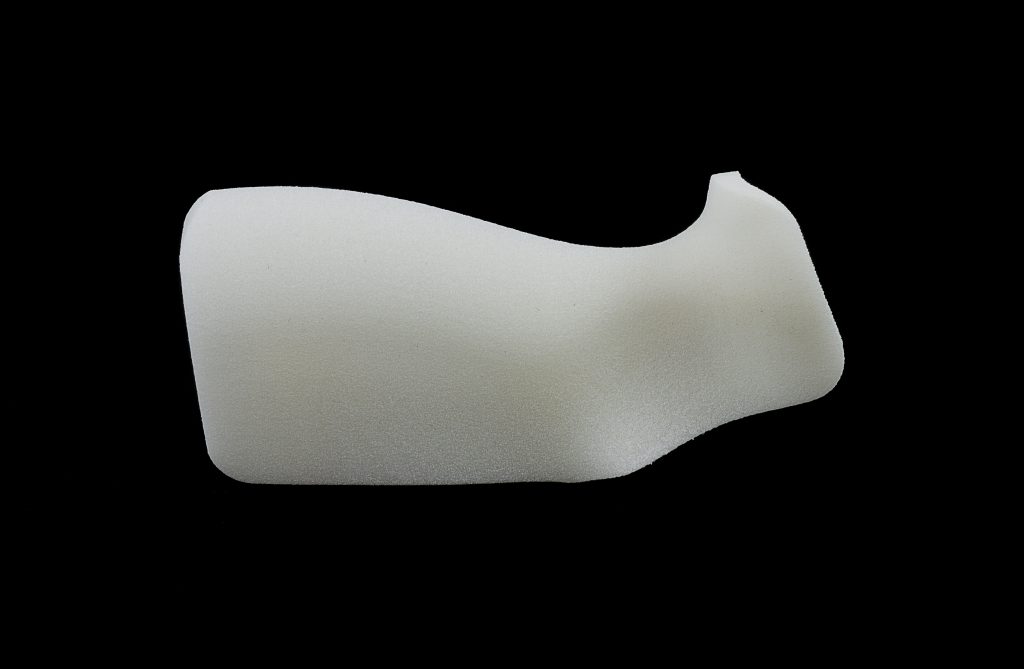Australian metal 3D printing specialistAML3Dhas announced an extension to its partnership with aerospace manufacturerBoeing.
Earlier this year, Boeing tasked AML3D with 3D printing aluminum prototype airplane parts, as part of an intensive testing program that saw them assessed against the requirements of AS9100D quality assurance for ‘fly’ parts. Building on this contract, it has now been agreed to expand the scope of the project into the supply of further 3D printed components, in a move that raises the deal’s value by 150%.
“AML3D has already demonstrated to Boeing that our proprietary WAM metal 3D printing technology produces high quality parts on time and to specification,” said Andrew Sales, MD of AML3D. “The expanded purchase contract is strategically important as it moves AML3D towards being embedded into Boeing’s supply chain, which aligns with the delivery of our growth targets for the aerospace sector.”
“This expanded purchase contract with Boeing demonstrates the growing momentum in our commercial relationship with one of the world’s largest aerospace companies.”

AML3D’s WAM Technology
通过结合焊接、机器人、马特里al engineering and proprietary software, AML3D has managed to develop a system capable of automatically 3D printing in a freeform environment. Powered by its Wire Additive Manufacturing (WAM) process, the firm’sARCEMY 3D printeroperates like conventional Directed Energy Deposition (DED) units, in that it layers wire feedstock into parts.
However, unlike most DED systems, the ARCEMY also uses inert gas shielding to negate the need for an enclosed chamber. As a result, AML3D’s machine isn’t bound by the same geometry restrictions that having to print with one imposes, thus it’s able to manufacture large parts 70% cheaper than traditional technologies, while yielding 85% less waste.
Utilizing the ARCEMY systems fitted at its facility in Edinburgh, Australia, the company offers to produce made-to-order components that are certified for end-usage. Previous customers includeAustal, which contractedAML3D to 3D print naval defense partsin 2020, as well asRMIT Universityand theUniversity of Queensland, where AML3D has installed machines to facilitate academic and industry R&D.
More recently, the firm has expanded its operations in the oil & gas sector, via the fulfillment of a $190,000 order fromExxonMobil. As part of the contract, AML3D3D printed an eight-tonne pressure vessel, over the course of just twelve weeks.

Targeting ‘fly’ part accreditation
AML3D began working with Boeing in June 2021, when it was contracted to produce and supply a 3D printed mandrel tool from Invar-36, a low-expansion nickel-iron alloy. While the deal, which saw the creation and assessment of a 150-kilo tooling part, was said to be worth less than $50,000, it provided AML3D with a chance to demonstrate its capacity to produce complex objects on time and to specification.
This was followed by a tour of the firm’s facilities in March, before a Key Purchase Agreement was announced in July 2022, through which the firm began developing Boeing structural test parts from aluminum. The $140,000 (AUD) deal expanded the companies’ partnership, in that it included scope for the testing and validation of various parts in North America, in line with ‘fly’ component standards.
AS9100Dis an internationally recognized standard for quality management systems that demonstrates manufacturers are consistently able to provide products and services which meet aerospace clients’ needs. AML3D is aiming to become only the second wire feedstock 3D printing firm to gain AS9100D accreditation, as it says doing so will allow it to “manufacture fly parts for use in aircraft.”
Expanding on this agreement further, the company has now announced that the deal has gone up in value to $350,000 (AUD), as well as making “solid progress” in its quest for fly part accreditation. In terms of its partnership with Boeing, AML3D says these “next phase” parts are a step towards “additional, more extensive programs in the near future.”

AML3D is now one of several 3D printing firms working with the world’s largest aerospace manufacturers to develop prototypes and end-use parts. In June last year,EOSandMaterialisebecame the first to3D print flight-ready SLS partsforAirbuswhich passed its all-important Process Specification AIPS 03-07-022.
Boeing has also been a long-term adopter of the3D printing-enabled GE9X, an engine equipped with over three hundred additive manufactured parts. These include the famedGE 3D printed fuel nozzle, a component also said to makeCFM International’s LEAP engine15% more fuel efficient thanCFM56alternatives.
To stay up to date with the latest 3D printing news, don’t forget to subscribe to the3D Printing Industry newsletteror follow us onTwitteror liking our page onFacebook.
While you’re here, why not subscribe to ourYoutubechannel? featuring discussion, debriefs, video shorts and webinar replays.
Are you looking for a job in the additive manufacturing industry? Visit3D Printing Jobsfor a selection of roles in the industry.
Featured image shows AML3D’s ARCEMY Production Cell. Photo via AML3D.



